The last week has been amongst the most stressful ones I’ve been through this year. It had started to reach a point where I felt like the stress was starting to have an actual, physical impact on me, making me listless and unwell, like I had a hangover, except with zero alcohol consumption.
Baking, or even cooking in general, has always been my go-to solution for beating the blues. It’s always best to go with a tried and tested recipe — a recipe whose challenges and complications one is well aware of and has scaled successfully at some point. However, I sometimes decide on a new recipe as an exercise in problem solving, whether it be recreating the perfect Laksa, or perfecting yet another utterly boozy cake, with the intention of setting my mind to work (which is great for taking my mind off other things that might have been bothering me until then). This is probably also why it also help to cook or bake to get out of a creative rut.
There is a certain meditative calm in working out the proportions of ingredients to be put together in a certain special way, for a certain expected outcome. This can sometimes lead to situations of stress again, like yesterday morning, when I used a metal bowl to whisk the egg whites and sugar, making it heat up too fast and catch at the bottom in spite of using a double boiler. I had to take a deep breath, toss the first egg-sugar mix, and start from the beginning with a glass bowl.
The point I’m trying to make is that if you do the same (cook as a way of de-stressing), there’s a good chance the hangover of the previous stress can lead to situations where things go drastically wrong, and end up adding to your stress. This is where an overwhelming desire to throw in the towel might set in, but the best thing to do is to take a pause (which would be a pause-in-a-pause, since the act of cooking or baking itself is a pause from the rigours and stresses of real life— the main reason some of us choose to do it), absorb the error as a new learning, and move on after correcting the mistake.
I’d first baked this cake for a friend’s birthday sometime last year on a whim, when the question ‘can a Gin and Tonic be a cake’ in my mind. The experiment was a success overall, though there was so much gin in the cake (I’d drizzled two whole shots worth over the cake after baking it) that the end product was more of a mildly imbalanced gin cocktail masquerading as a cake, rather than a ‘Gin and Tonic Cake’, as advertised.
So the second time around, I decided to split the gin shots into two, bake one into the cake with the tonic, and then add the second shot (with a little more, to compensate for some of the alcohol that would have evaporated away during the baking process) once it had cooled down. Indian tonic water tends to be rather sweet, which is why this cake uses brown sugar to balance out its sweetness. I also squeeze lime over the cake (after the gin-soaking phase) to add the flavour zing that only freshly squeezed lime juice can elicit. Lime is a subtle but essential part of any good G&T, and this recipe infuses the aroma of lime into the body of the cake and the buttercream via the use of copious amounts of lime zest. It’s actual flavour contribution is subtle, but the aroma of butter, sugar and zest mixing into the batter while you’re stirring it up itself is a gentle aroma-therapeutic olfactory caress.
Anyone taking a bite of the finished cake would also be breathing in this perfume of lime, just before having their tongues serenaded by a brown-sugar sweetness followed by tonic sweet-bitter and a juniper gin kick at the end. This is a cake that is meant to be enjoyed slowly. I would recommend putting it together the same way, letting its processes and individual aromas and flavours absorb into you while you whisk and stir, pour and bake.
This is a great recipe to attempt if you’re a fan of all things citrus, and especially so if you’re also a fan of gin. All the ingredients are available through the year, and the excuses to grab a drink, or in this case eat one, tend to provide themselves amply through the course of our human existence.
That being said, I feel much better now.
“85% of all known worlds in the Galaxy, be they primitive or highly advanced, have invented a drink called jynnan tonnyx, or gee-N’N-T’N-ix, or jinond-o-nicks, or any one of a thousand or more variations on the same phonetic theme.
The drinks themselves are not the same, and vary between the Sivolvian ‘chinanto/mnigs’ which is ordinary water served at slightly above room temperature, and the Gagrakackan ‘tzjin-anthony-ks’ which kills cows at a hundred paces; and in fact the one common factor between all of them, beyond the fact that the names sound the same, is that they were all invented and named before the worlds concerned made contact with any other worlds.”The Restaurant at the end of the Universe
The Recipe
Ingredients
For the Gin-soaked sponge
100g butter
200g all purpose flour
2tsp baking powder
A pinch of salt
170g brown sugar
1 egg
Zest of 2 limes
60ml milk
60ml yoghurt (dahi)
1tsp vanilla extract
60ml Tonic Water
30+50ml Gin
Juice of 1 lime.
For the (also Gin-ny) Swiss Meringue Buttercream
1 egg white
75g caster sugar
113g unsalted butter
½tsp Cream of Tartar
½tsp vanilla extract
Zest of one lime (+a little more for garnishing)
1tbsp Gin
Method
- Powder the brown sugar fine, and cream it with the butter in a mixing bowl.
- Crack the egg in and mix till it becomes glossy. Add the vanilla extract and lime zest. At this point, pre-heat the oven to 175°C.
- Add the milk and yoghurt in small quantities and whisk to incorporate evenly. The sugar should be mostly dissolved by now. Pour in the tonic and 30ml gin and incorporate.
- Sieve flour and baking powder and slowly fold this into the wet mixture.
- Carefully pour this into the 8″ baking tin lined with buttered baking paper, making sure to depress the centre a little (this will ensure that the cake remains flat once it rises).
- Bake in the centre of your oven for around 50 minutes to an hour, or until a skewer comes out perfectly clean when you poke it through the centre (start checking around 45 minutes, as some ovens might bake this cake faster; it works best when the cake is a little moist, and this is achieved by pulling it out as soon as you get a clean skewer poke test).
- Poke holes all over the cake using a skewer (I used a thin knitting needle) and pour the remaining 50ml of gin evenly over it. Let this soak for about an hour.
- Meanwhile, prepare the buttercream by whisking the egg white with the sugar over a double boiler (make sure you use a heatproof, ie. glass or ceramic bowl). Whisk till the sugar completely dissolves. You can check for this by rubbing the mixture between your fingertips. If the sugar hasn’t dissolved yet, you’d feel the gritty texture of its crystals. Set aside to cool.
- Once the mixture has cooled, whisk in the cream of tartar and start whisking in the butter, one small cube at a time. It is essential that the butter is soft, and close to room temperature, else it’ll remain hard and won’t incorporate evenly into the butter, leaving lumps of butter through the whole mix.
- Whisk in the vanilla, followed by the zest and then finally the tablespoon of gin.
- Spread this evenly over the top of the (cooled down) cake.
- Zest some more lime over the cake as a garnish. The greener the lime the better.
- Cool in the fridge (only if it is a warm day) for about half an hour to set the buttercream a little before serving.


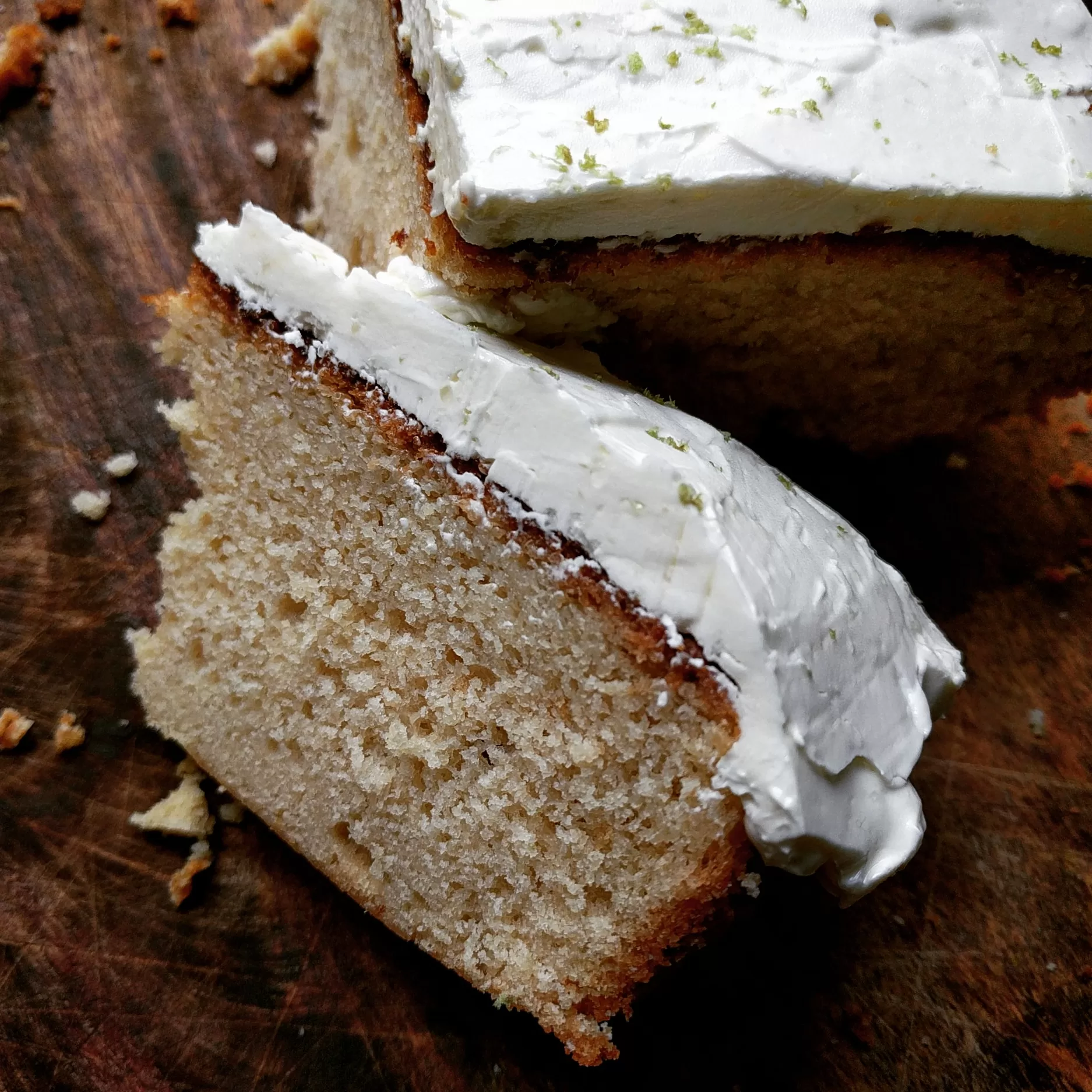
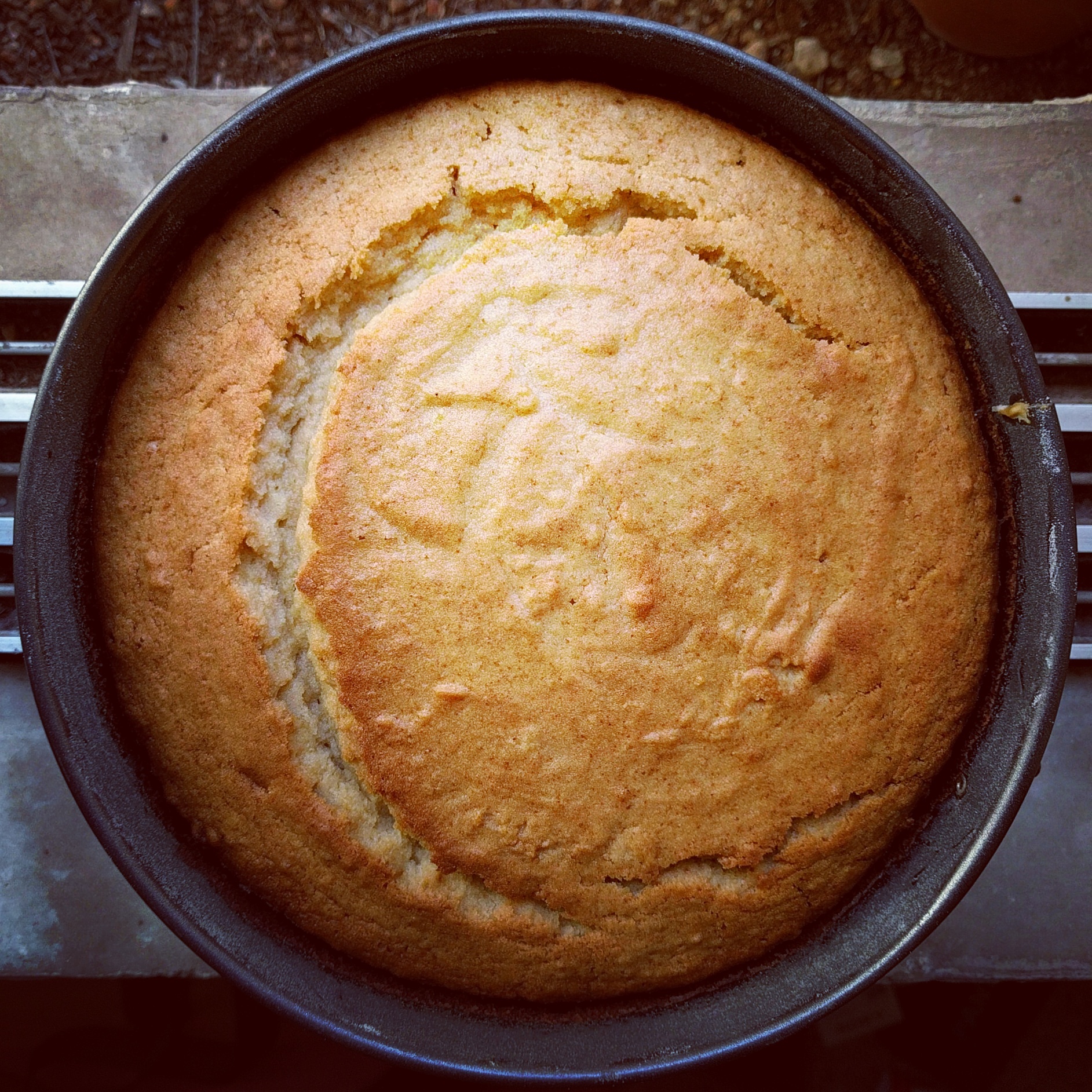
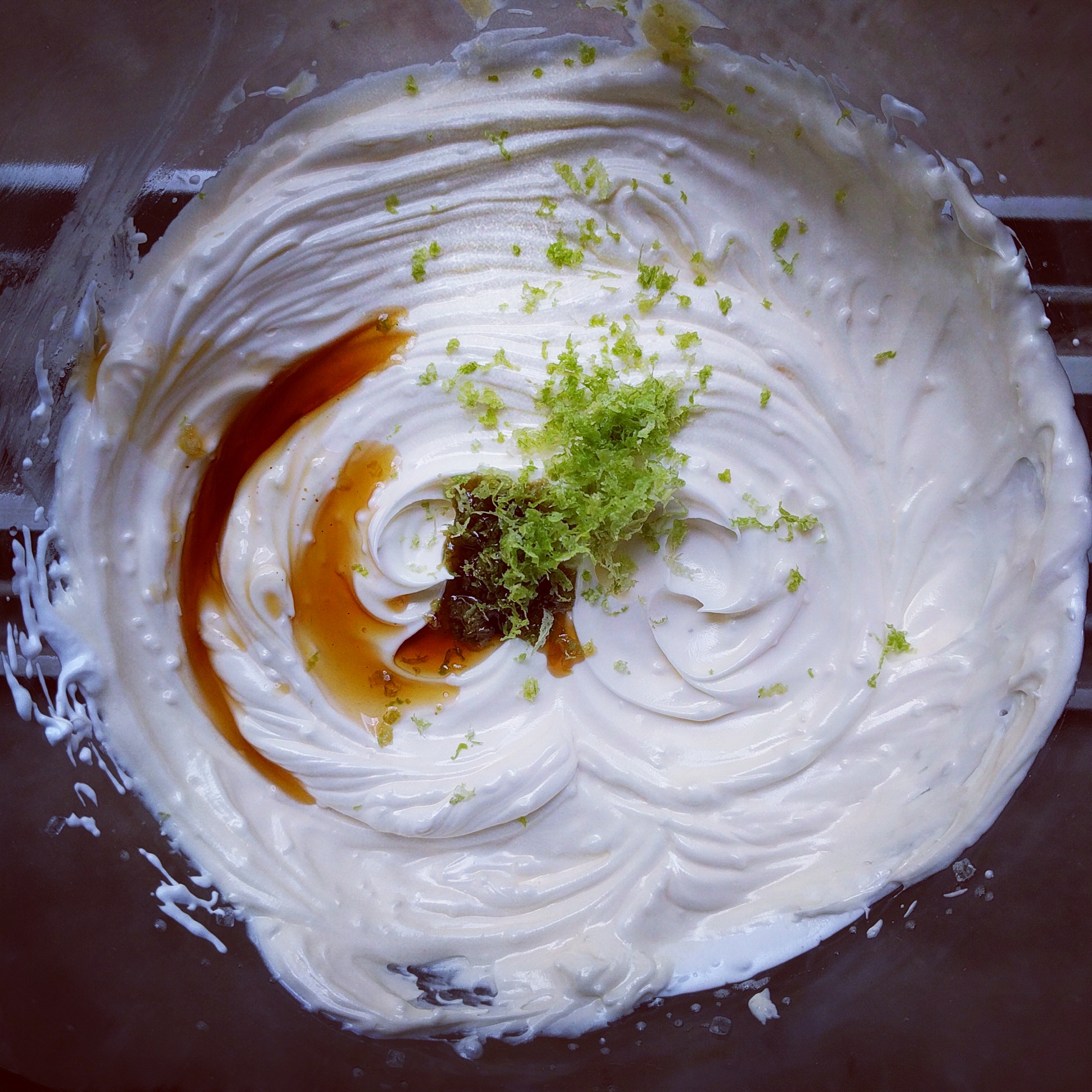
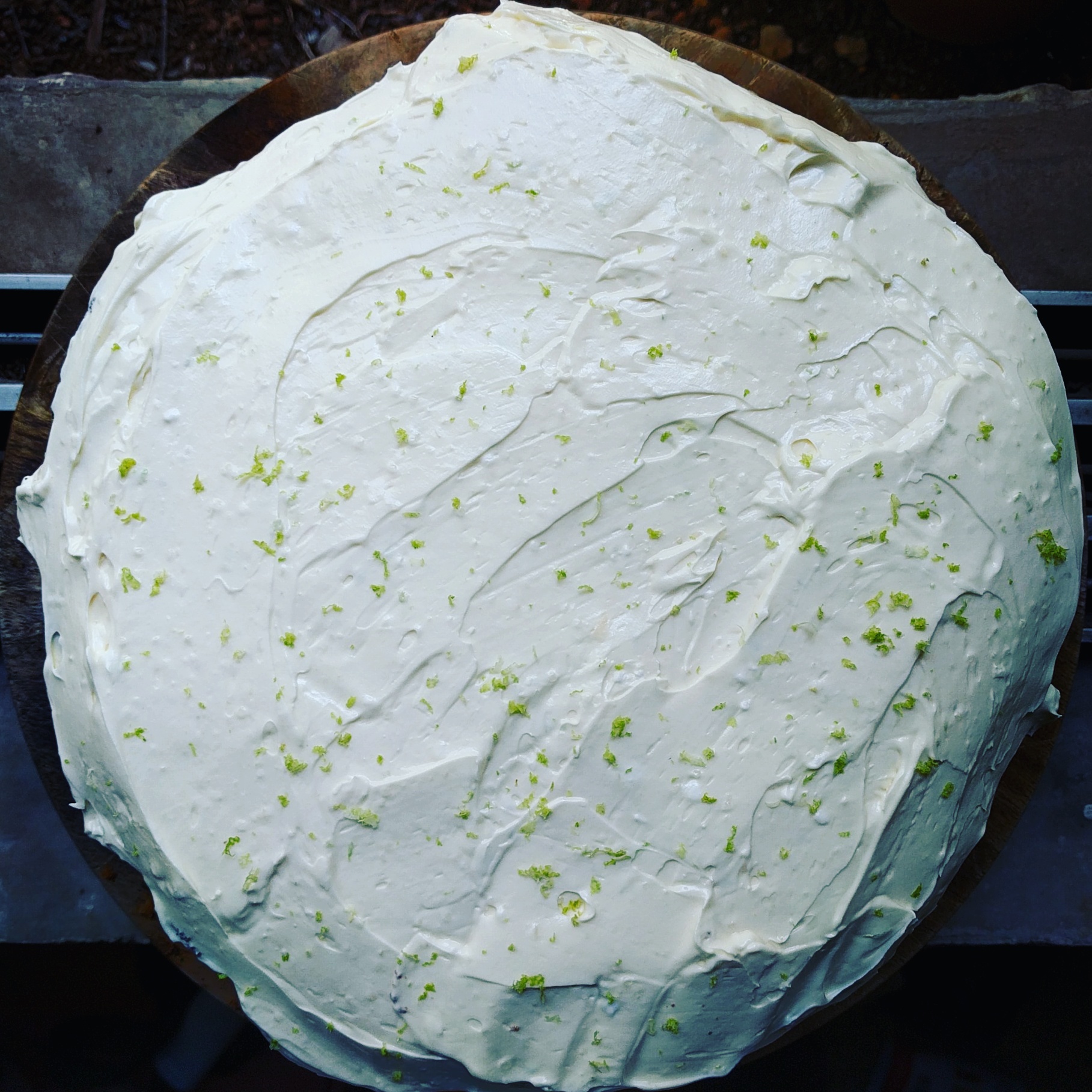
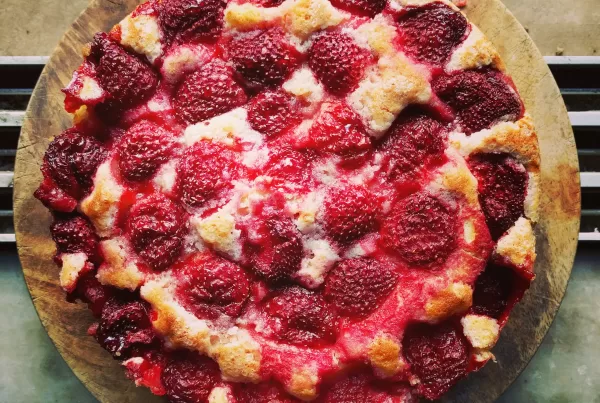
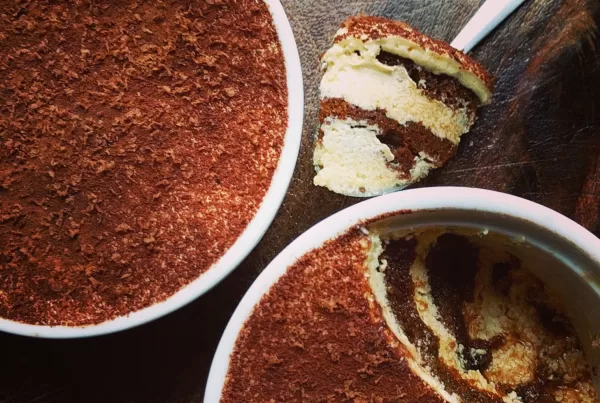
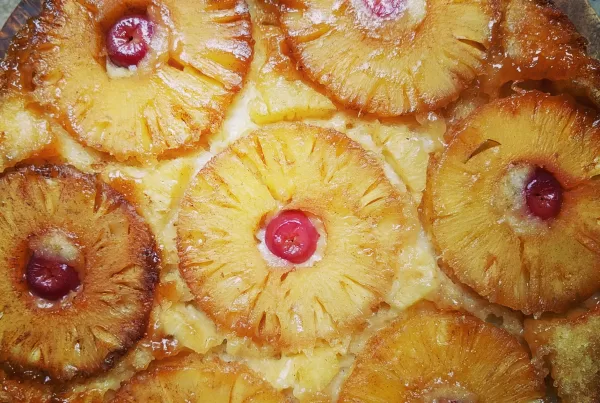


Whoa! The Super-dunk Gin&Tonic cake looks out of the world. I’m itching to try it, looks super simple
Do it! I’m sure you’d enjoy the outcome, especially if you like G&Ts. Do let me know how it pans out!